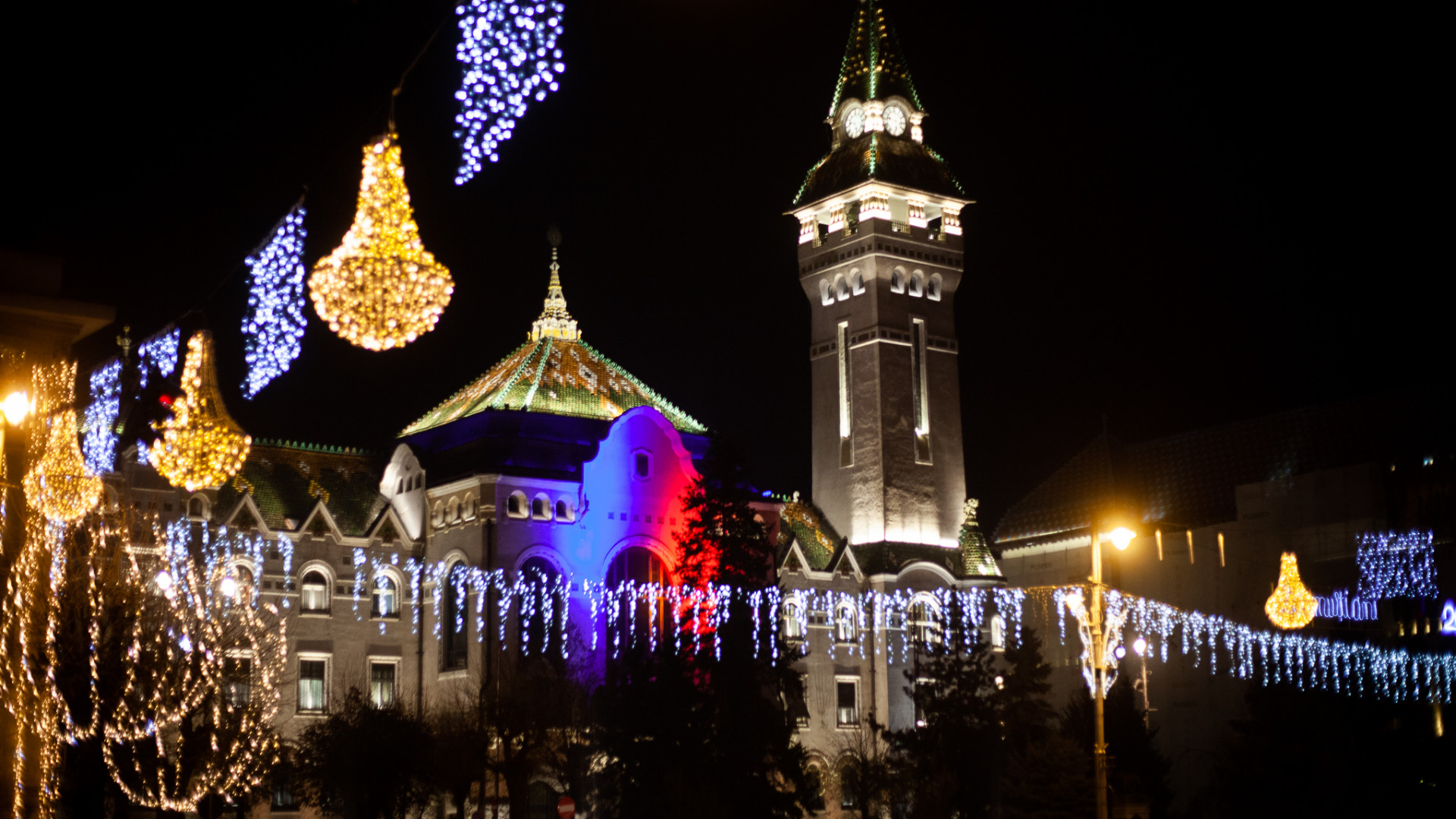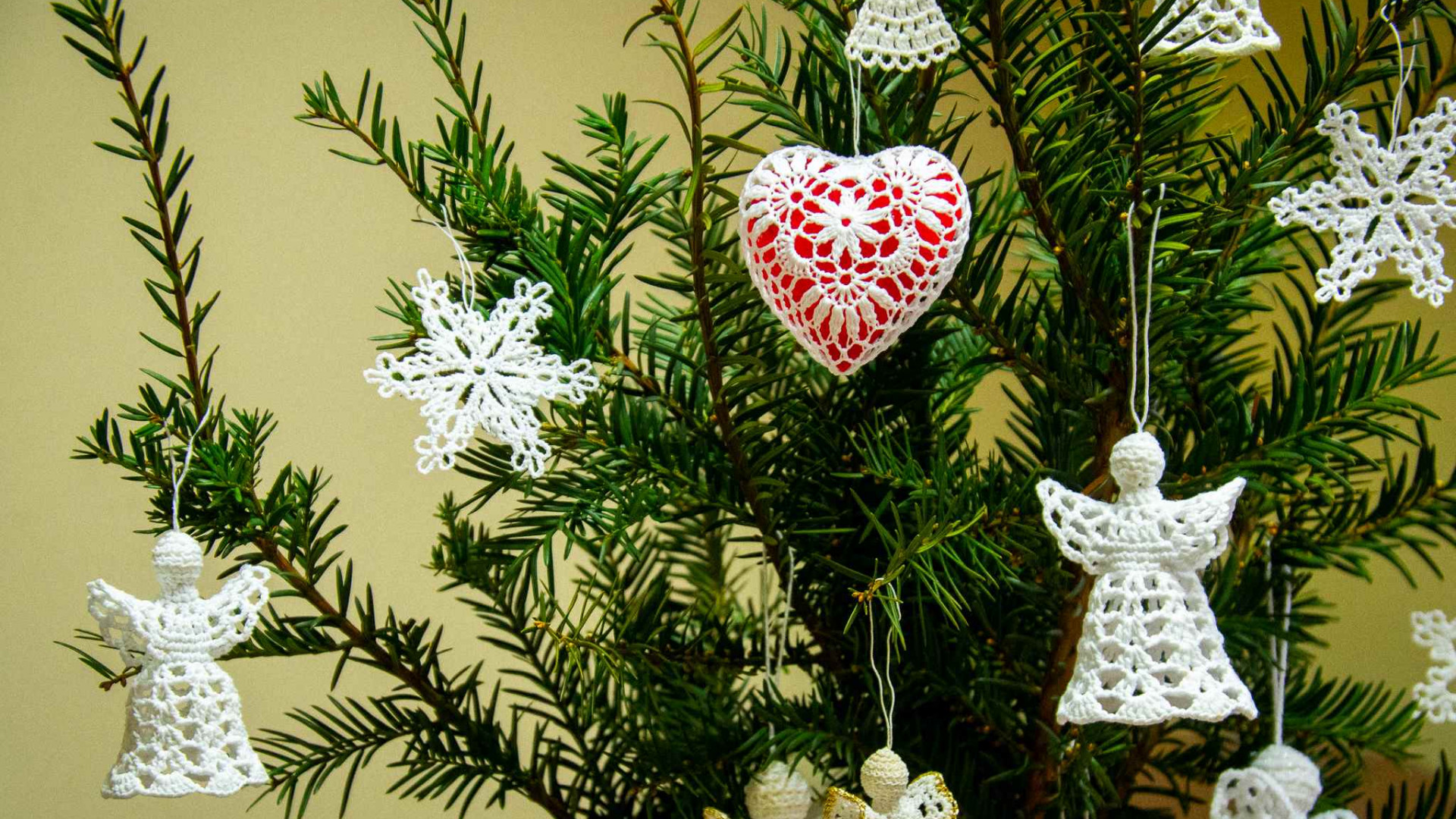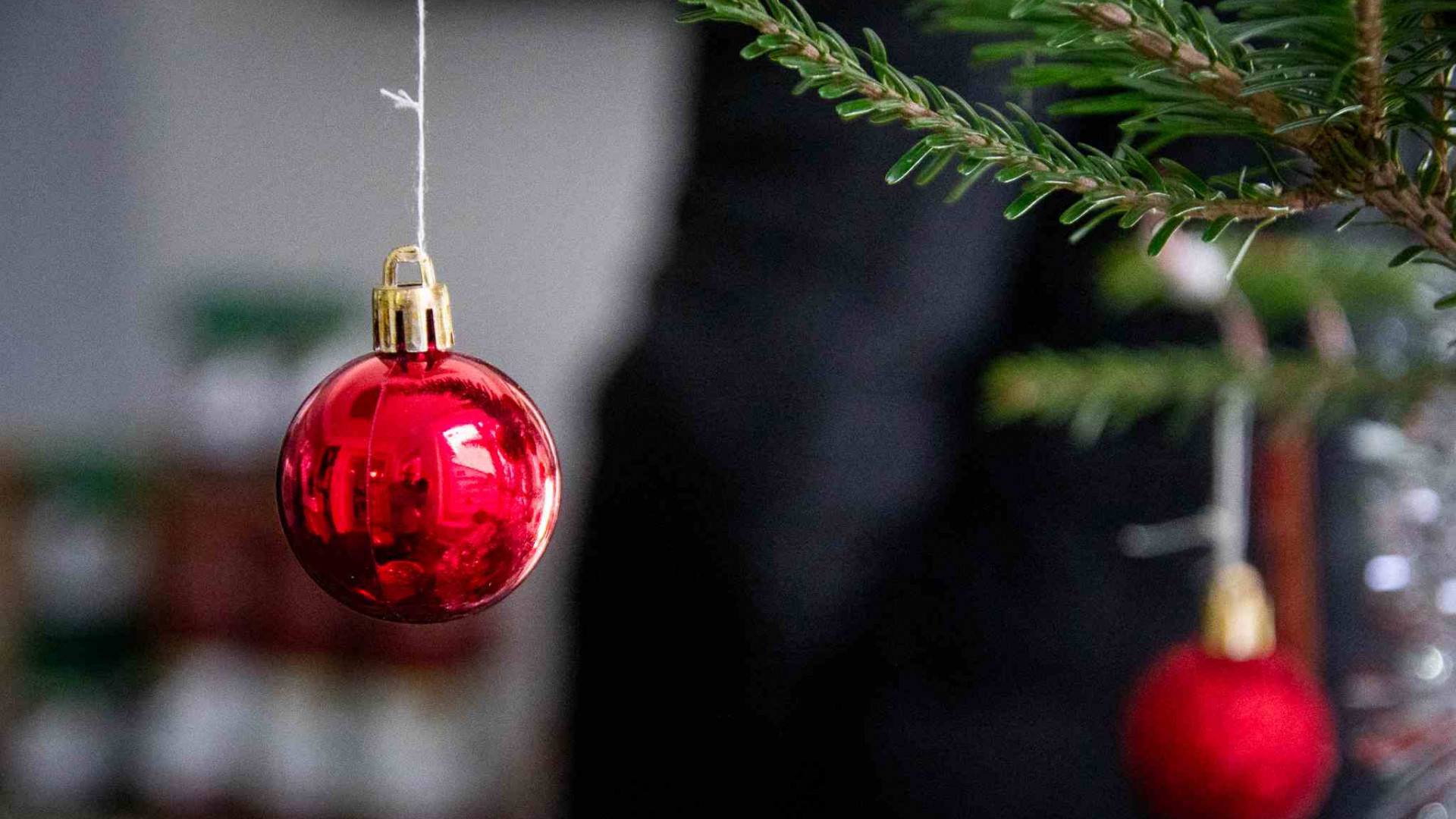Winter Holiday traditions and customs in Transylvania
In our country, but especially in Transylvania, where several ethnic and religious groups have been living together, there is a wide variety of traditions and customs that are held during the winter season.
In Christian culture, Christmas is the peak of the winter holidays, being preceded by the Nativity Fast and followed until Epiphany by other holidays, which are still well kept in Mures County. For example, during Lent (for Romanians) and Advent (for Hungarians and Saxons), the tradition of preparing food for Christmas and New Year's dinners, butchering the pig, offering gifts for Saint Nicholas and Christmas, decorating the tree on the "Saturday" before Christmas, visiting relatives, celebrating the New Year and even consecrating their homes on Epiphany - are still a very
The period of winter holidays is preceded starting from November 15 by the Nativity Fast for Orthodox and Greek Catholic believers, which lasts for 40 days, until Christmas Eve.
For the Hungarian population, the fast is only one day and it is held on December 23. Advent begins each year on the first Sunday after St. Andrew's Day (November 30) and lasts until Christmas Eve. Both the Lent and the Advent are periods of soul preparation through introspection.
Butchering the pig is a very important event during the winter holidays, a custom that is frequently practiced in Transylvanian villages.
According to Romanian traditions, the slaughter of the pig is also called “Ignatul Porcului” because, according to tradition, the pig is slaughtered on December 20, when Saint Ignatius is honored in the Orthodox calendar. This custom has pre-Christian origins. The name Ignat means fire, and it’s a ritual of death and rebirth, accompanied by superstitions.
In Hungarian parts of Transylvania, the pig is slaughtered after Saint Andrew’s Day (November 30), between the first and second Sunday of Advent. It is a day-long ceremony where helpers come from other houses and the day ends with food and drink and sometimes music.
Although the population has largely assimilated a lot of the traditions and some customs of the peoples they live with, for them, killing the pig is not linked to a specific date. It’s important to do it, pork dishes being the basis of holiday meals in Romania.
Around Christmas, the Christmas tree is the most significant visual symbol that we encounter, following the Western model since the beginning of December in stores or in the media. Its decoration has become one of the most beloved customs, both in the urban and rural areas. Its appearance is relatively new because, before the 19th century instead of the tree there was only a decoration consisting of green branches (a pyramid-shaped wooden frame, in the Saxon households), decorated with nuts, apples, homemade sweets, and candles, which was hung from the ceiling above the festive table. Today, ornaments are bought commercially and are increasingly elaborate and flashy.
After the Christmas food has been prepared, the house is clean, the tree is decorated, people gather around the tree, eat dinner, open their gifts brought by Santa and spend some time together on Christmas evening. In some places, carolers are waiting. This is a custom that, in addition to Walking with the Star, or “Umblatul cu Turca” as we like to call it, this custom has been preserved to this day in Mures County.
In Hungarian communities, besides singing Christmas carols ("kántálás" - from the Latin "singing"), the custom of the dramatic game "betlehemezés", which comes from the name of Bethlehem, was also preserved from old times.
Organized in groups, people go caroling at neighbors' houses, performing religious songs and in return they receive cakes, nuts, apples or money.
In the Saxon region of Transylvania, there is a custom of singing in groups in church. Each group wears a crown in the shape of a cross, decorated with green branches and wax candles. There was also a custom of lighting bonfires around the church or swinging torches in the tower on Christmas Eve, while singing together.
The cycle of winter holidays ends with the Epiphany, not before New Year's Eve is celebrated. This celebration is linked to traditions such as: Plugușorul, Sorcova, Mascații, Vergelul in Romanian folklore or Moving the gates in Hungarian villages.
The spiritual aspect of winter holidays brings a splash of color in the monotony of winter and with a lot of good cheer, they still manage to bring families and communities together.


